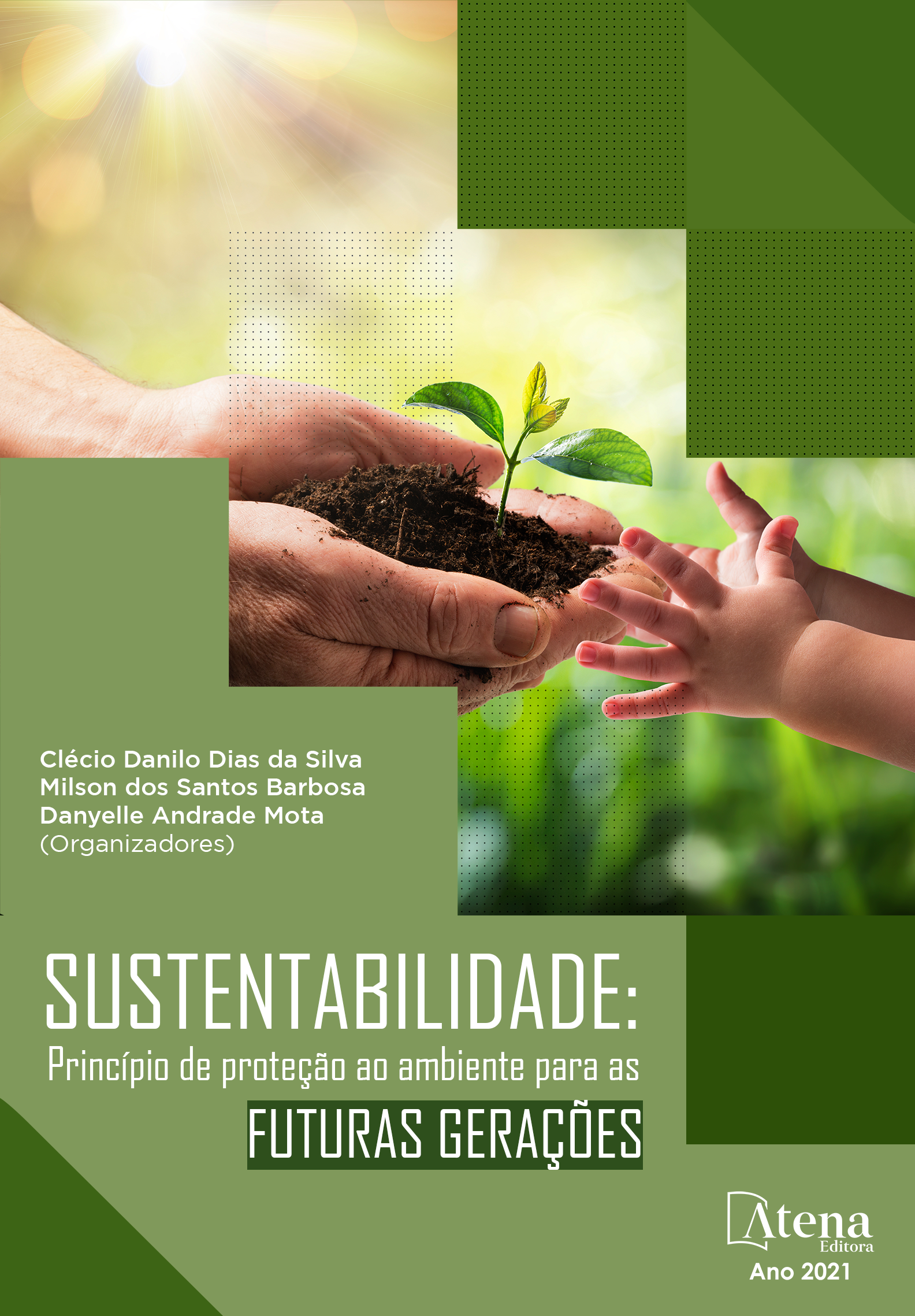
SISTEMA ACUAPÓNICO DE TILAPIA NILÓTICA Oreochromis niloticus ASOCIADO CON APIO Apium graveolens EN SISTEMA CERRADO DE NTF (TUBERÍAS)
Ante la creciente escases de agua dulce y la disminución de la frontera agrícola por la presencia de sequias y el cambio climático, las regiones de Tacna y Moquegua son afectadas severamente, por ello la investigación tuvo como objetivo implementar un sistema acuapónico de tilapia nilótica oreochromis niloticus asociado con apio apium graveolens en sistema cerrado de NTF (tuberías), considerando lo recomendado por diferentes autores señalados en los antecedentes, la metodología utilizada fue inicialmente implementar un módulo acuapónico en un laboratorio invernadero de investigación en la Escuela Profesional de Ingeniería Pesquera de la Universidad nacional de Moquegua de la filial Ilo; posteriormente para tener datos confiables en los resultados, se realizó el registro del proyecto desde la instalación hasta la cosecha. Los datos biométricos de todo el proceso de crecimiento se registraron periódicamente, para indicar y diferenciar en las fases del crecimiento, los cuadros y la gráfica nos hacen observar un crecimiento en el rango esperado de la tilapia, sin embargo el crecimiento del apio fue sorprendente por el peso y talla obtenida, concluyéndose que: se ha tenido como resultado un crecimiento apropiado para la tilapia y un desarrollo superior en el apio ante los cultivos en tierra, El estudio nos muestra que la acuaponía permite reducir los costos de producción al hacer un aprovechamiento más eficiente de los recursos y se puede establecer a diferentes escalas de producción, incrementa la rentabilidad económica debido a que los costos fijos son permanentes al incrementar varias escalas de producción, nos demuestra que controlan la acumulación de nutrientes residuales procedentes de la acuicultura, lo que reduce el consumo de fertilizantes y agua, sin demeritar la calidad y productividad de los cultivos, la temperatura estable del invernadero ayudó a que se muestre un crecimiento apropiado de a tilapia y el apio.
SISTEMA ACUAPÓNICO DE TILAPIA NILÓTICA Oreochromis niloticus ASOCIADO CON APIO Apium graveolens EN SISTEMA CERRADO DE NTF (TUBERÍAS)
-
DOI: /10.22533/at.ed.4372123118
-
Palavras-chave: Acuaponía, Sistema cerrado de NTF
-
Keywords: Aquaponics, Closed NTF System
-
Abstract:
Given the growing shortage of fresh water and the reduction of the agricultural frontier due to the presence of droughts and climate change, the regions of Tacna and Moquegua are severely affected, for this reason the research aimed to implement an aquaponic system of nilotic tilapia oreochromis niloticus associated with celery apium graveolens in a closed NTF system (pipes), considering what is recommended by different authors indicated in the background, the methodology used was initially to implement an aquaponic module in a research greenhouse laboratory at the Professional School of Fisheries Engineering of the University national of Moquegua from the Ilo subsidiary; Later, to have reliable data on the results, the project was registered from installation to harvest. The biometric data of the entire growth process were recorded periodically, to indicate and differentiate in the growth phases, the tables and the graph show us a growth in the expected range of tilapia, however the growth of celery was surprising by the weight and height obtained, concluding that: an appropriate growth for tilapia and a superior development in celery compared to land crops has been obtained.The study shows us that aquaponics allows to reduce production costs by making use of more efficient of resources and can be established at different scales of production, increases economic profitability because fixed costs are permanent by increasing various scales of production, shows us that they control the accumulation of residual nutrients from aquaculture, which reduces the consumption of fertilizers and water, without detracting from the quality and productivity of the crops The stable temperature of the greenhouse helped show proper growth of tilapia and celery.
-
Número de páginas: 15
- Edwin Carlos Lenin Felix Poicon
- Ronald Ernesto Callacondo Frisancho
- José Carlos Orestes Centon Luna
- Gino Alberto Zeballos Alay
- Edward Paul Sueros Ticona
- Primitivo Bacilio Hernández Hernández
- Noé Moisés Viza Chura
- Brígida Dionicia Huallpa Quispe
- Patricia Matilde Huallpa Quispe
- Lucy Goretti Huallpa Quispe
- WALTER MERMA CRUZ


